
Summer Sores Awareness Week Sponsored by Phovia Equine
Look for educational information about summer sores in horses all week on TheHorse.com.
How to care for the basic health needs of horses

Look for educational information about summer sores in horses all week on TheHorse.com.
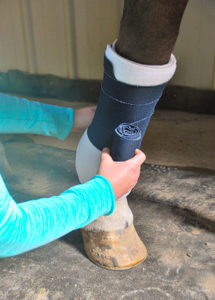
Get tips on how to manage equine leg lacerations that require bandaging.
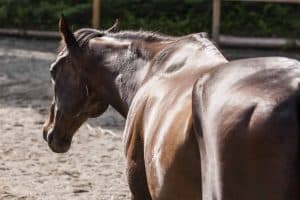
Discover the causes, treatment, and prevention of this common muscular problem in horses.

Discover how one veterinarian treated a particularly challenging case of this common equine skin condition in The Horse‘s Spring 2024 issue.
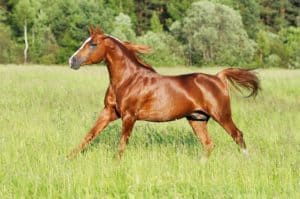
Experts share feeding, grooming, and bathing tips to keep your horse’s hair coat gleaming.
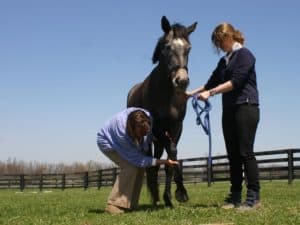
Gait-altering conditions such as EPM, wobbler syndrome, and Lyme disease can be tricky to spot and even more difficult to diagnose.
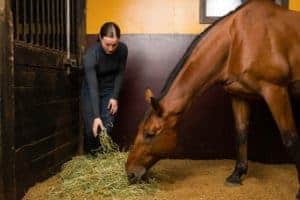
What should and shouldn’t horses with heaves (or equine asthma) eat? A nutritionist offers advice.

Consider the benefits of including veterinarians in your horse’s preventive care this spring. Learn more in The Horse’s Spring 2024 issue.

When switching your horse to a forage-focused diet, first obtain a hay analysis and choose a ration balancer that fills the nutritional gaps.
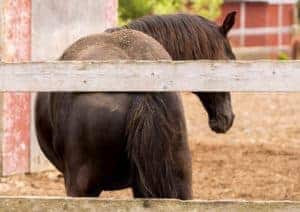
Do you have a horse with flaky skin and a dry mane and tail? The right feed might help.

There’s nothing appealing about this seasonal skin condition. Here’s what experts know about managing, treating, and preventing sweet itch in horses.

If you can see your horse’s ribs or his topline is lacking, he might need to gain weight or muscle. But how can you tell which he needs?

After years of speculating that colic occurs more frequently in horses that crib, researchers have finally provided consistent data confirming this association.

Mares get a bad rap for recalcitrant estrous behavior, but hormones and tumors could also be at play. Learn more in The Horse‘s Spring 2024 issue.

Many situations horses face lead to chronic stress, which can result in changes in health and behavior.
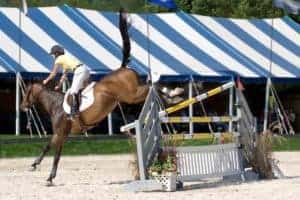
One expert shares 9 reasons why your horse might not be meeting your expectations and recommends taking a realistic look at both his and your athletic potential.
Stay on top of the most recent Horse Health news with
© 2022 Copyright Statement dolor sit amet, consetetur sadipscing User Terms, sed diam nonumy eirmod tempor invidunt ut labore et dolore magna aliquyam erat, sed diam voluptua. At vero eos et accusam et justo duo dolores et ea rebum. Stet clita kasd gubergren, no sea takimata sanctus est Lorem ipsum dolor sit amet.
"*" indicates required fields